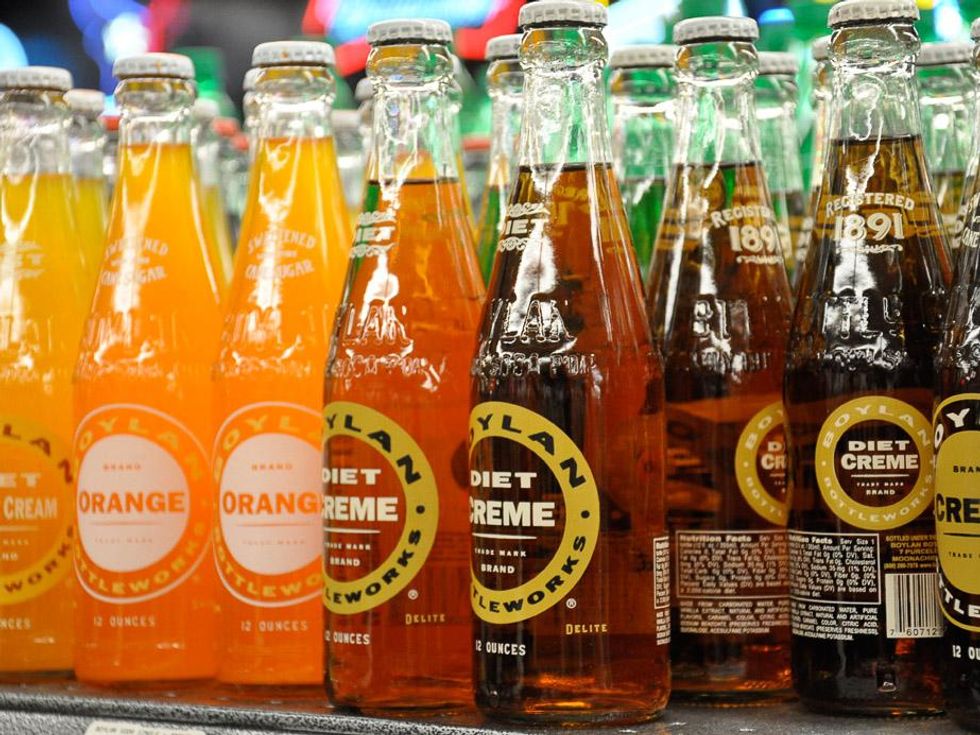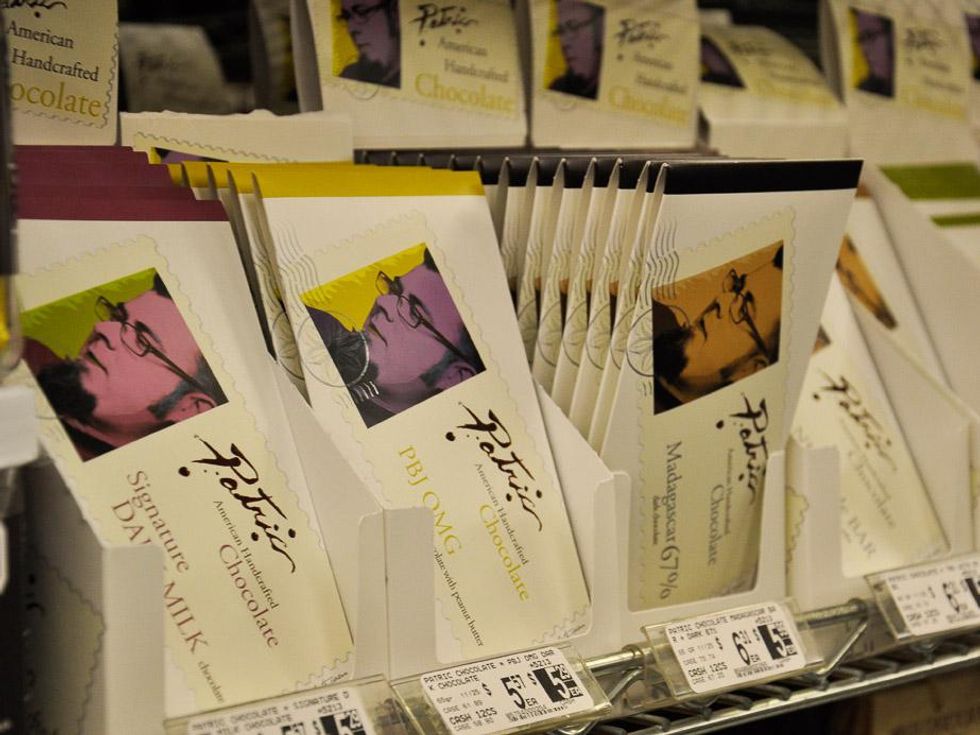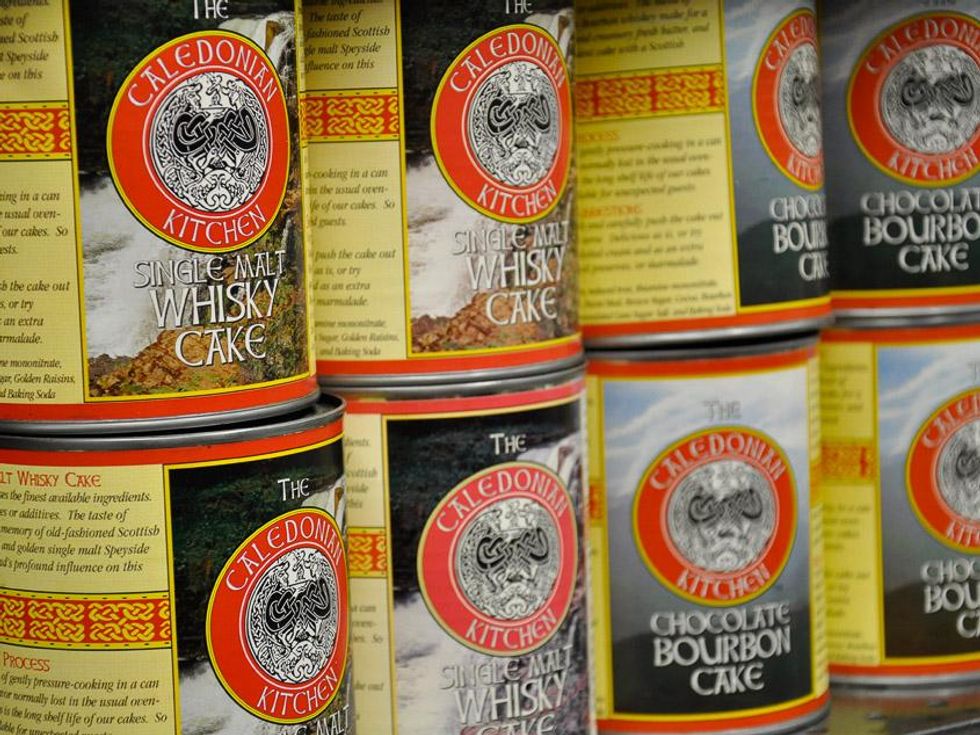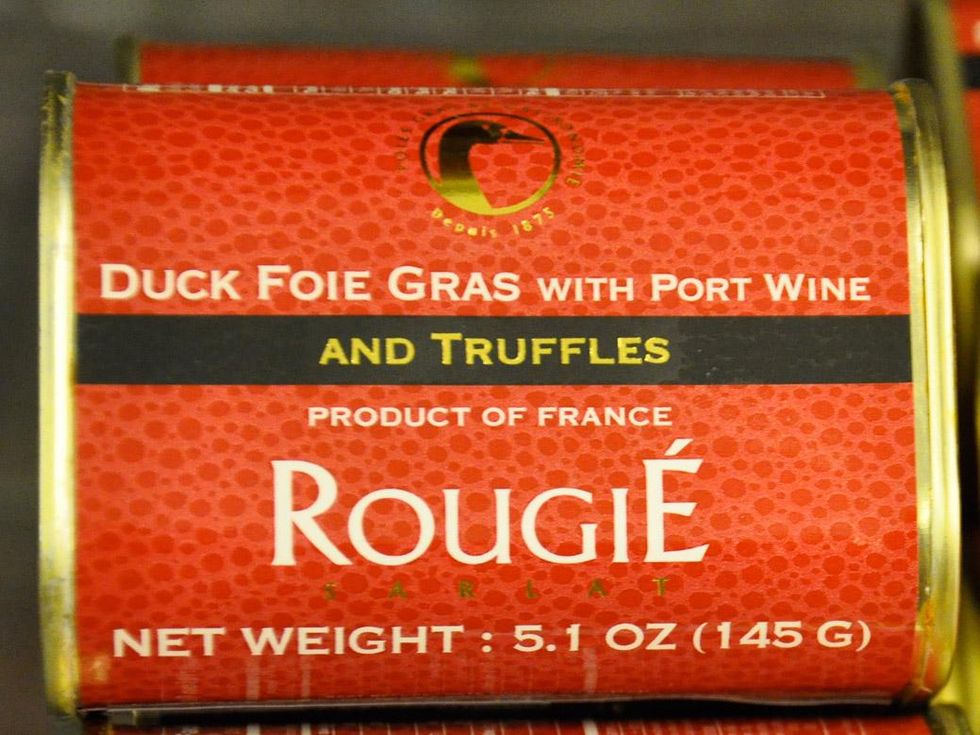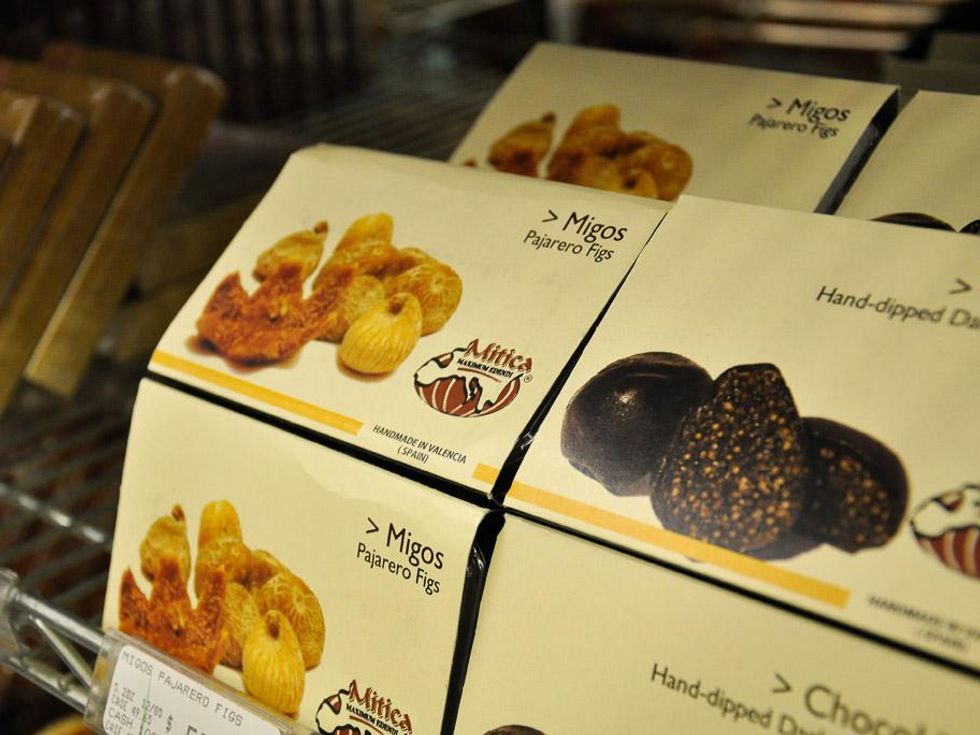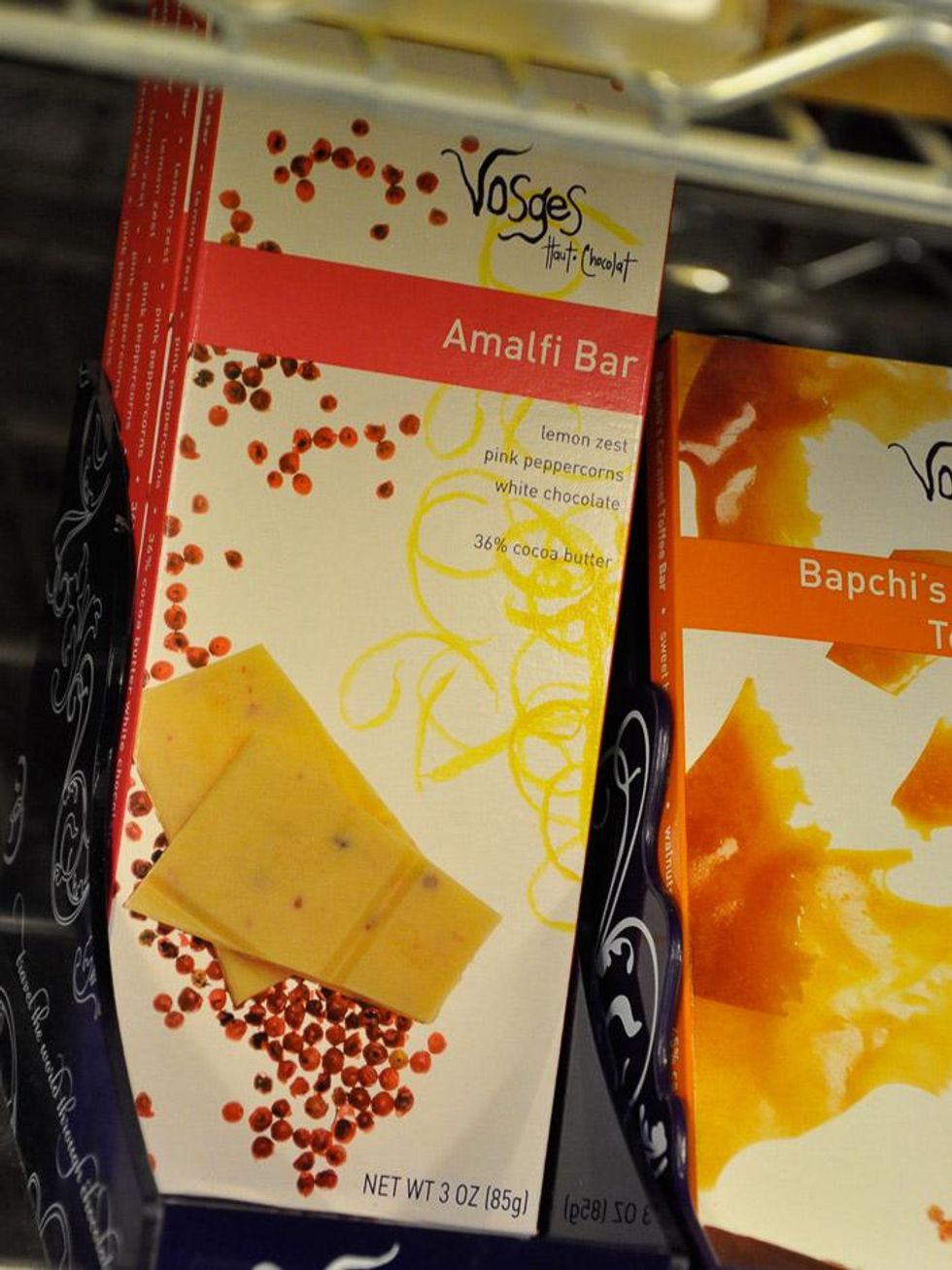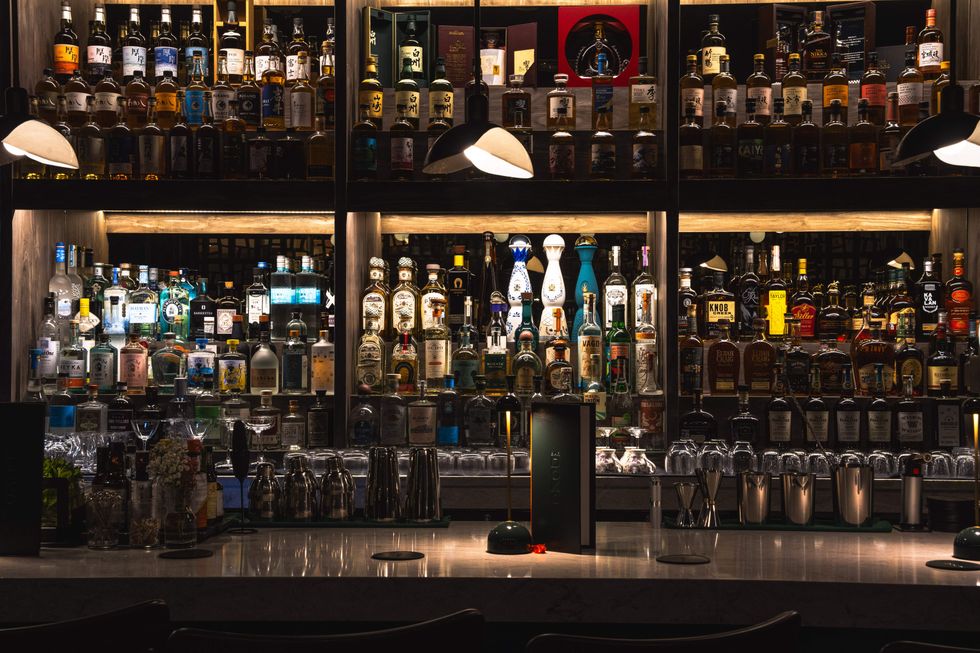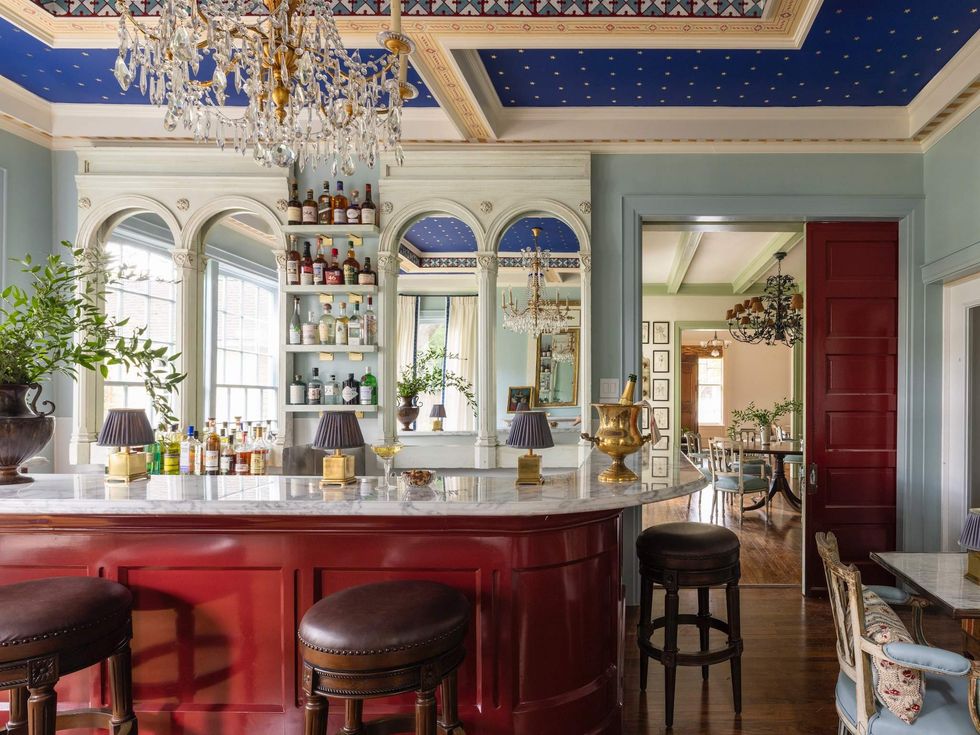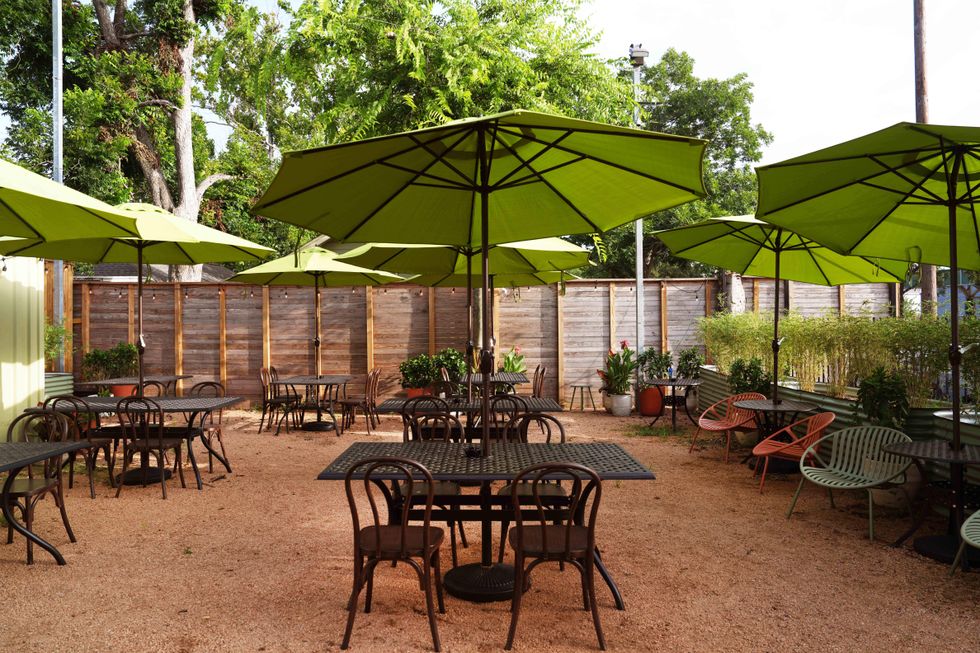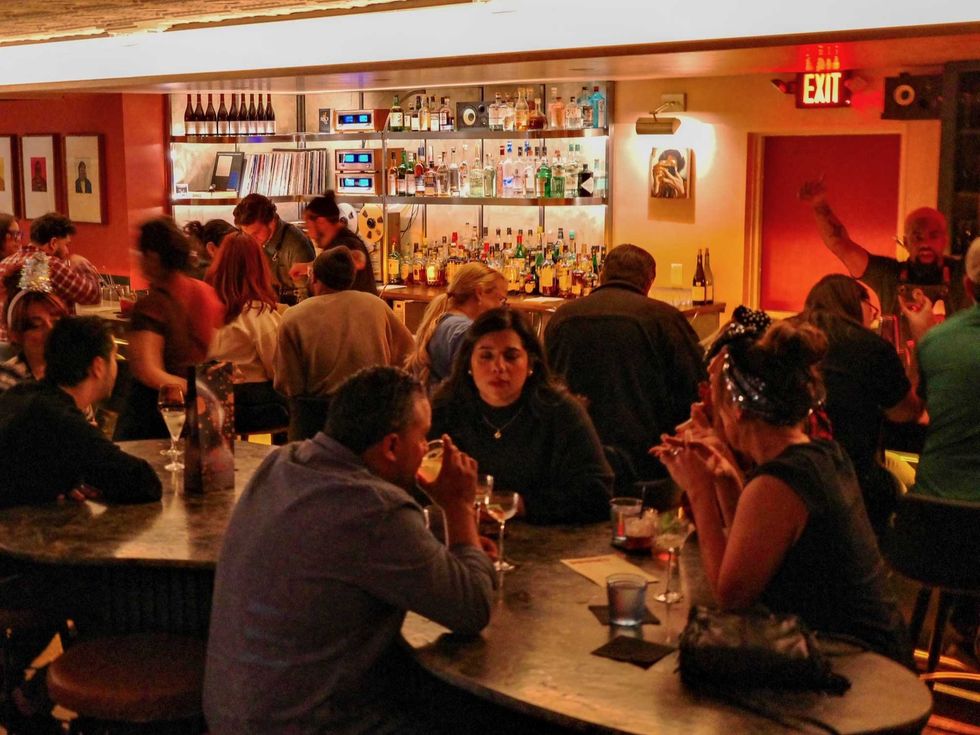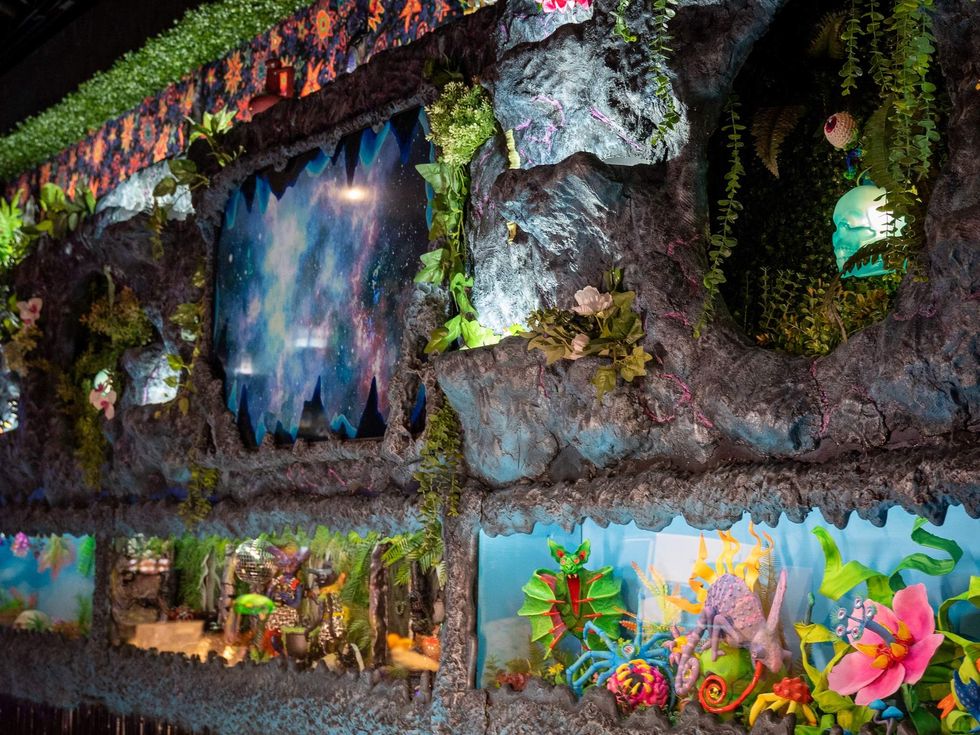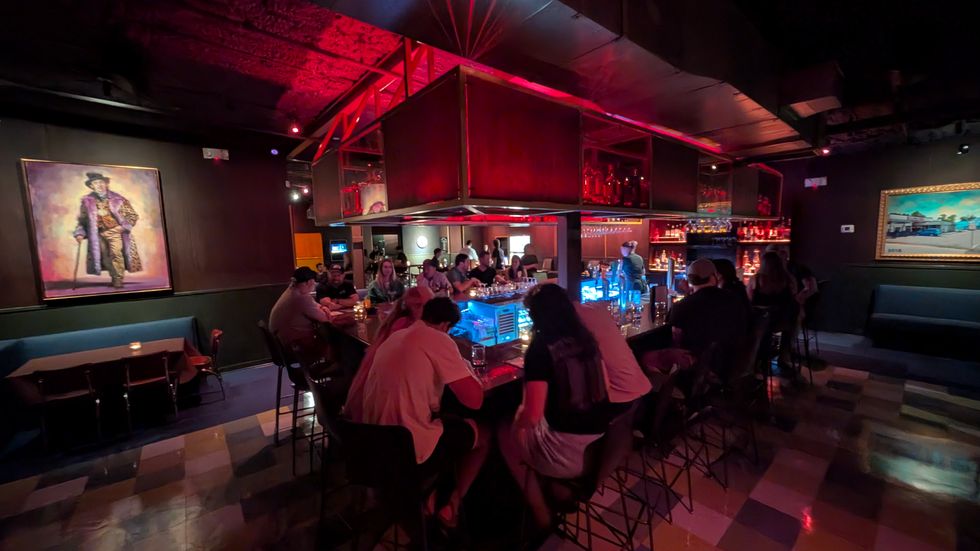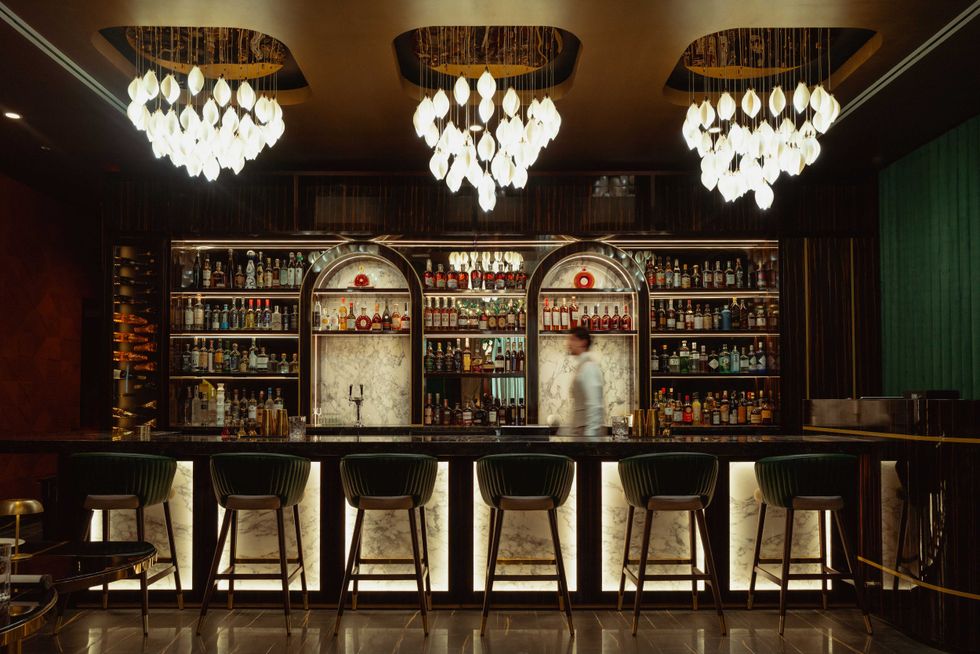A food wonderland
Backstage at Spec's Warehouse: The secrets in those shelves
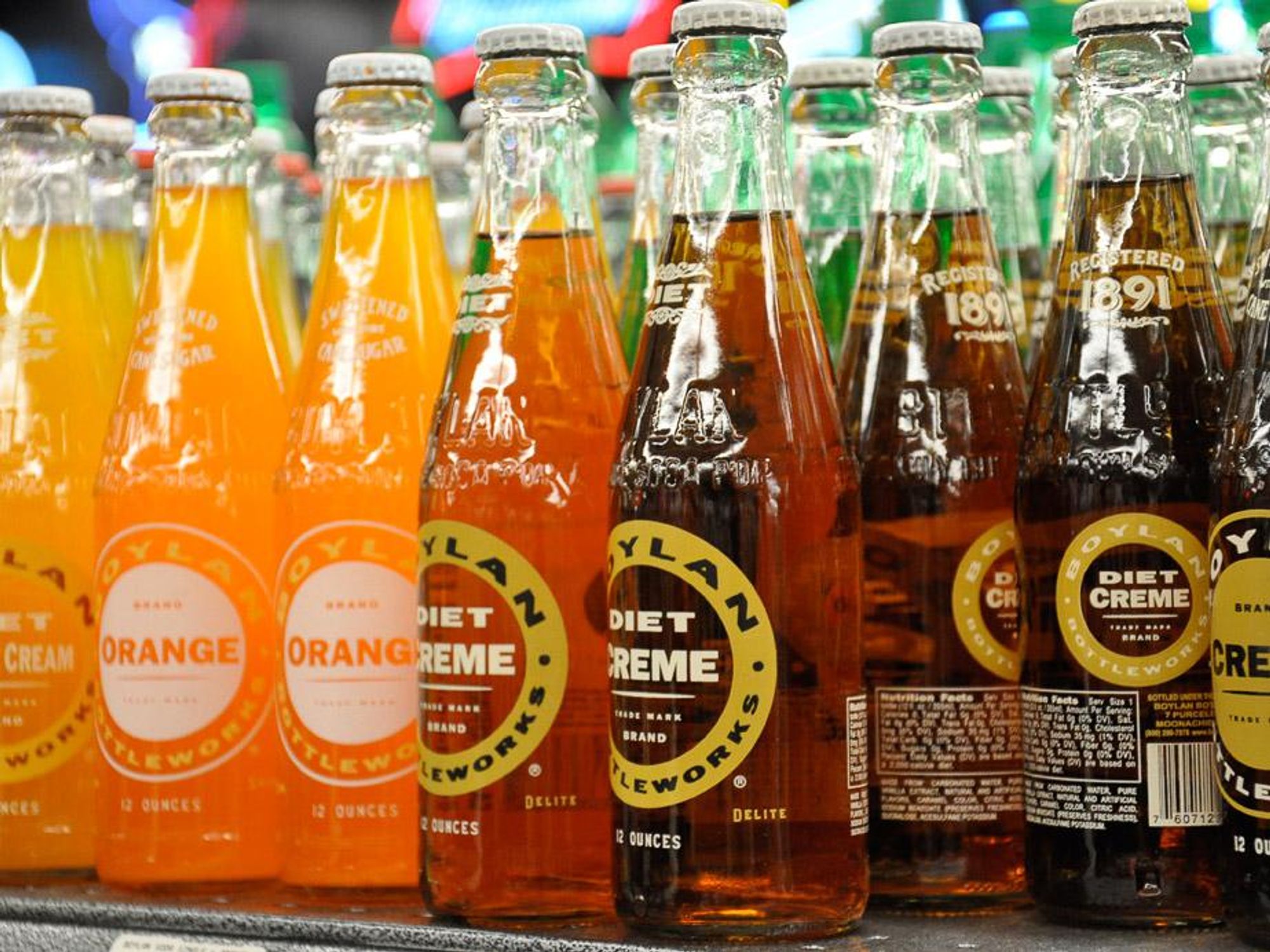
Shopping at the Spec’s Warehouse on Smith in Midtown is dizzying. It’s like a Wonka Land for adults; with obscure, global foods tucked away in every corner.
On the invitation of Pablo Valqui, a food buyer for Spec’s, I was fortunate enough to get an insider’s view of some of their most unique packaged products.
Our first stop was a great warmup — the chocolate shelves. From Switzerland to America, the selection was exotic and mouth watering. We grabbed a white chocolate, pink peppercorn and lemon zest bar from Vosges called the Amalfi bar that was a fresh take on a usually decadent, rich treat, and then stepped over to a newer product.
Called Patric after the artisan chocolate maker who buys the beans whole, roasts them, ferments them and then turns them into chocolate bars (and even hand packages the things) in of all places, Columbia, Mo., this single-origin chocolate was one of Pablo’s favorite products in the store.
And after hearing the detail that goes into each and every piece of chocolate, I knew why.
After drooling over the chocolate bars, Pablo explained to me how he doesn’t have to go looking for a product to introduce to the Houston market because so many companies, both big and small, are already peddling their wares at his doorstep. While the products may come to him, however, he does keep a close watch on up and coming food trends and tries to get them in the store before they lose their “newness” appeal.
With a ratio of about 30 percent small, local producers and 70 percent large distributors, Pablo tries to give the local market its fair share of shelf space.
I asked to see some local products, and Pablo beamed as he spoke of collaborations with several individuals and their companies. Working with a company called d’lish, Pablo explained how he suggested a change in their recipe for one of their dips. Persuading them to make a ranch-like dressing from scratch instead of using a pre-packaged mix with lots of artificial ingredients, he noticed that it began selling much better with a shorter, more natural ingredient list.
I’m guessing it probably tasted better as well.
Pablo also works closely with Marcelo Kreindel of Trentino Gelato, creating flavors sold only in Spec’s. From beers, wines and Peruvian fruits, the flavors change with the seasons and the availability of new products to use in the frozen sorbets and gelatos. You can find anything from beer and wine sorbets to strawberry balsamic gelato on any given day.
Aside from local or artisan products, Pablo likes to stock things that are simply interesting. There’s Manuka honey from New Zealand that is prized for its anti-bacterial and healing properties and has been used by the indigenous Maori people for generations — and at close to $25 for a small container, it better taste pretty good too.
He also showed me a large jar of Kaboso juice, which is the “new” yuzu (a Japanese citrus fruit gaining popularity).
The strangest thing we came across were cans of whisky and bourbon cakes, made by a Scottish food specialty company, located in Louisiana. The company's specialty is canned and frozen haggis, but the cakes seemed a little more palatable for my everyday tastes.
We also roamed the soda aisle, grabbing a bottle of several to taste including one made with Agave nectar, one from Austria marketed as an herbed lemonade (my personal favorite), one from Peru (where Pablo grew up) with blue corn and spices, an energy drink from Jamaica and a smoothie made with quinoa. All were palatable, some unexpectedly good and there were a few that I wouldn’t lose sleep over.
Whether it was soda, cakes in a can, products made by Houston's very own craftsmen (and women), or flatbreads from Spain, each product in the store has a story behind it. With a knowledgeable and passionate tour guide showing me through the maze of goodies, I felt like a groupie with a backstage pass.
Some predictions Pablo has for rising food trends within the United States in the coming years:
- More local, local, local (#SLGT indeed).
- Fewer ingredients in products — more people are reading labels before buying their goodies.
- Gluten-free product expansion — expanding into beer and other beverages.
- Alternative sweeteners like Stevia and Yacon begin to catch up with corn syrup, cane sugar and agave options.
- Higher end chocolates with cocoa from increasingly remote areas of the globe; selling for up to $10 a bar.
- More exotic vegetables grown in America like Taro root and Hawthorne apples.
- An increase in food education, with a focus on the origin of ingredients.
- Houston continuing to rise in culinary status within the United States and getting up there with New York and San Francisco.
